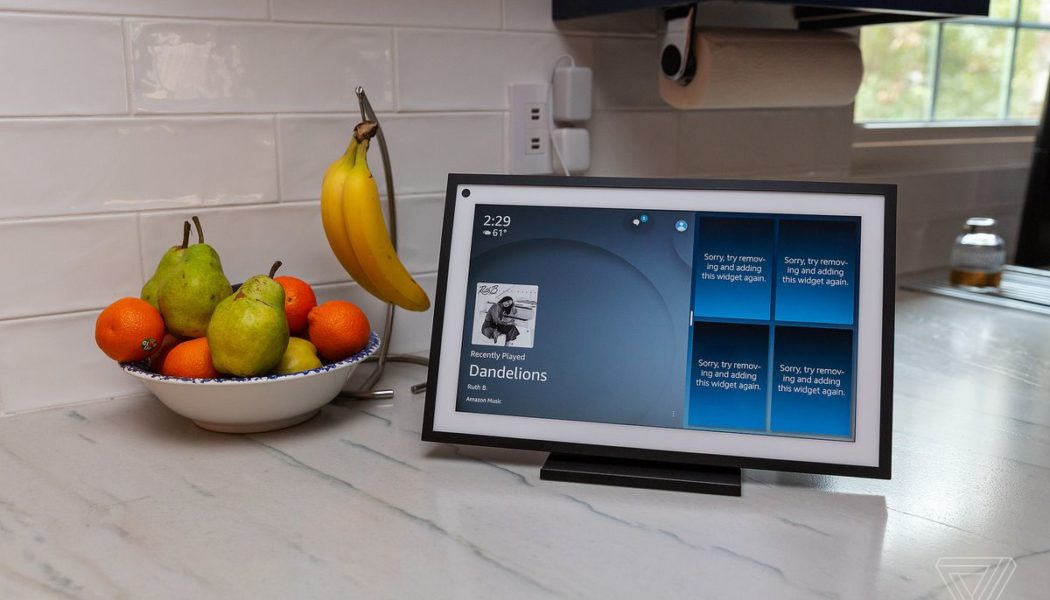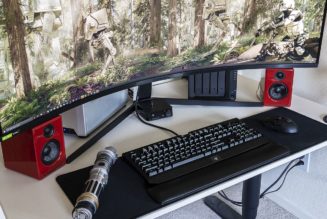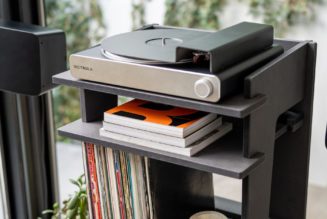If you regularly use an Alexa device, you’ve probably been upsold by Amazon’s assistant at some point. Ask Alexa to carry out some basic task like setting a timer, and it will finish its response with a cheery “By the way, did you know I could [insert feature you’ve never heard of here].” As highlighted in a recent report from Bloomberg, this is because Amazon knows that users aren’t really getting stuck into the full range of Alexa’s capabilities.
Bloomberg’s report is based on internal Amazon docs, and features some interesting statistics about Alexa usage. Here are the ones we found most eye-catching:
- In 2020, Amazon determined that 25 percent of US households have at least one Alexa device, with this rising to 27 percent for Amazon Prime customers.
- Christmas is when a lot of customers buy new Alexa devices, but keeping people engaged can be tough. Per Bloomberg, Amazon found in some years that 15 percent to 25 percent of new Alexa devices were no longer active by just the second week of use.
- Last year, Amazon concluded that the market for smart speakers had “passed its growth phase,” and estimated it would expand only 1.2 percent annually in future.
- In 2018, Amazon projected that it would lose $5 on average per Alexa device sold, and that by 2028 it oped this would be $2-per-unit profit. The company mainly wants to generate revenue from Alexa devices by using them to direct people to other Amazon services.
- Alexa devices with screens are used more. 74 percent of users who have an Alexa device with a screen use it weekly, compared to 66 percent of Echo users, and 56 percent of Echo dot owners. That suggests a problem with discoverability and usability for voice interfaces.
- In a planning doc from 2019, Amazon noted that Alexa users discover half of all the features they will ever use within three hours of activating a new device. For most users there are just three main use-cases: playing music, setting timers, and controlling lights.
Taken all together, these statistics don’t paint the rosiest picture for Alexa’s future. Yes, it’s true that Amazon’s digital assistant is incredibly well-known and has enviable market penetration, but it looks like limited user engagement and poor discoverability for new functions mean that interest (and therefore potential profit) might have plateaued.
:no_upscale()/cdn.vox-cdn.com/uploads/chorus_asset/file/23086560/jtuohy_211207_4924_0009.jpg)
This is something we’ve noted before at The Verge. In 2019, on the fifth anniversary of Alexa’s launch, I lamented the fact that despite years of development, my Echo devices weren’t any more useful than they had been in 2014. Like the users Amazon highlighted in its internal docs, I mostly stuck to music, timers, and other basic tasks. I’ve tried out more advanced functions, but they’re generally disappointing. And indeed, earlier this year I switched from an Alexa smart speaker to a Siri one (which annoys me in different ways).
Amazon, of course, refutes the idea that Alexa has stalled. “The assertion that Alexa growth is slowing is not accurate,” Amazon spokesperson Kinley Pearsall told Bloomberg. “The fact is that Alexa continues to grow — we see increases in customer usage, and Alexa is used in more households around the world than ever before.”
But this is a relatively vague statement that could contain some flattering elisions. Alexa’s business is still growing, yes, but how much of that is due to the assistant being used in new product categories, like cars and earphones? If that’s the case, does it suggest the core smart speaker business is struggling? And is the Alexa department as a whole growing fast enough to actually deliver profits for Amazon?
It’s impossible to answer these questions with confidence, but every time Alexa interrupts a user to advertise an unloved, unheard-of feature, it feels like a tiny loss for the platform’s future. If you want to limit those suggestions, we recommend this guide here.








